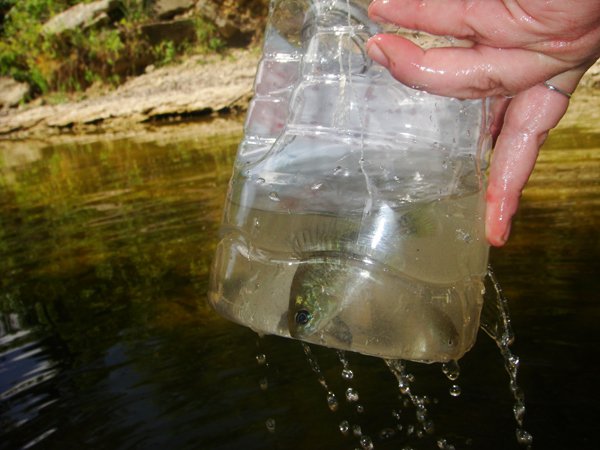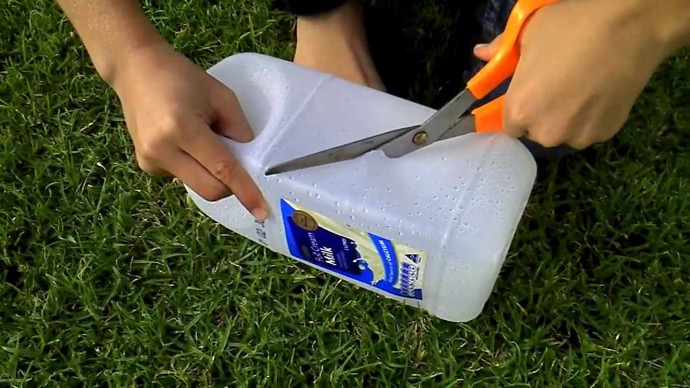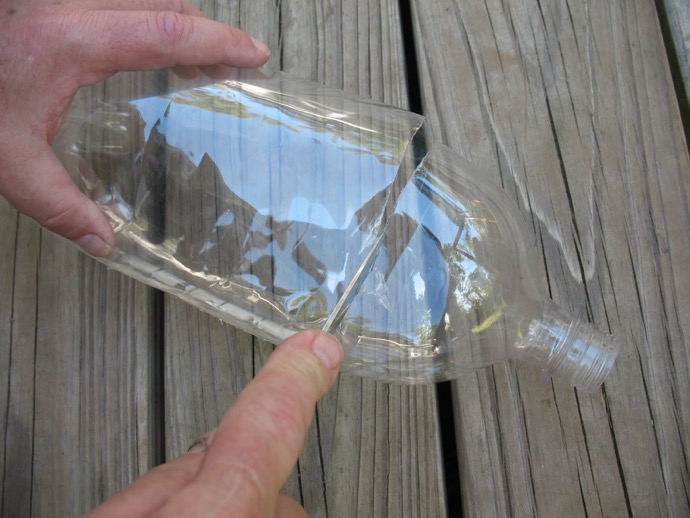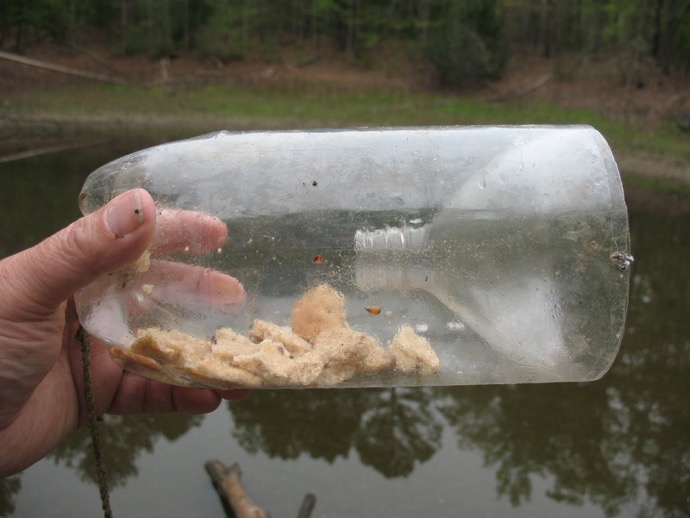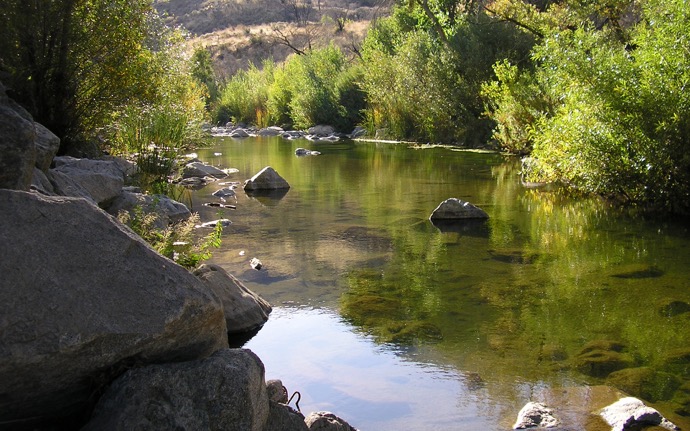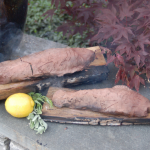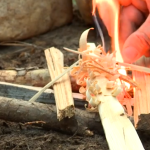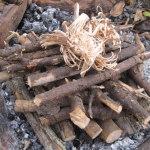How to Catch Bait and Small Fish With a Plastic Bottle
Did you know that you can literally fish just by using some old and unused plastic bottles? It’s true, and fashioning them into traps for bait fish as well as your next meal is not that complicated. In fact, this is one ingenious trick that requires minimal effort and can pay big dividends over time. Let’s take a look at how you can turn some garbage into a useful tool that can make fishing a lot easier and more productive.
The Basic Principle
There are several ways to build these traps. One idea is to place the bottle on its side and fashion a hole on top that is big enough to allow fish to enter but prevent them from escaping. The best way to do this is by cutting a large “X” in the center and folding the pieces inward. This will create a set of “teeth” that will extend down into the bottle and bend outward as fish enter. They will not bend in the opposite direction as fish try to leave, and this will trap them inside.
Another way is to cut the top off of the bottle creating a small funnel. Turn the funnel around and insert into the body of the bottle, pushing it in until it wedges tightly inside. This creates a funnel trap that fish find their way in to, but struggle to find their way out.
These methods can be applied to small as well as large bottles or containers, but it is important to consider the size of the fish that you want to trap. For all intents and purposes, they are useful for catching minnows, bait and other small fish, but are not all that practical for catching larger prey.
Setting Everything Up
Using a clear, plastic bottle with the labels removed will provide a system that blends into the surrounding environment and entice fish to enter. The first step of either method is to cut an appropriately sized hole, or cut the top off of the bottle and insert it inside the body to create the trap. Next, fill the bottom third to half with sand and gravel. This will help to anchor the bottle in place once you place it in the water. Add your bait, preferably fish meat, that can be placed in large chunks inside of the bottle. You want to avoid using worms, insects or other forms of bait that can easily get swept or crawl out of the bottle once it is set in water.
The next step is to choose the appropriate location to place the bottle. You want to put it where fish are known to hide and stalk prey. For rivers and streams, this is usually behind downed trees, branches or vegetation that are situated close to the banks. For lakes, look for places in deeper water near shore that provide natural cover for small fish. This includes inlets where small streams empty into the water or near cattails and vegetation that jut out from the shore. It is also important to place the bottles away from rushing or turbulent water because they can be swept away even with a good foundation of gravel and sand inside.
Set the bottle and check after a few hours to see if any fish are present or if the bait has been consumed. If the bait has been eaten but no fish are present, then you know the hole is too big which is allowing the fish to escape. It may take some trial and error to find the proper hole size to trap and keep fish inside. However, as long as you are placing the bottle near to where fish are swimming and hiding, chances are really good that you will capture a decent supply of bait and small fish.
This is an easy and incredibly efficient way to catch bait for larger fish or to collect medium-sized fish for consumption. Try it out for yourself, and experiment with different sized bottles and see what happens. You will be surprised at how much you can catch while expending minimal effort in the process.


